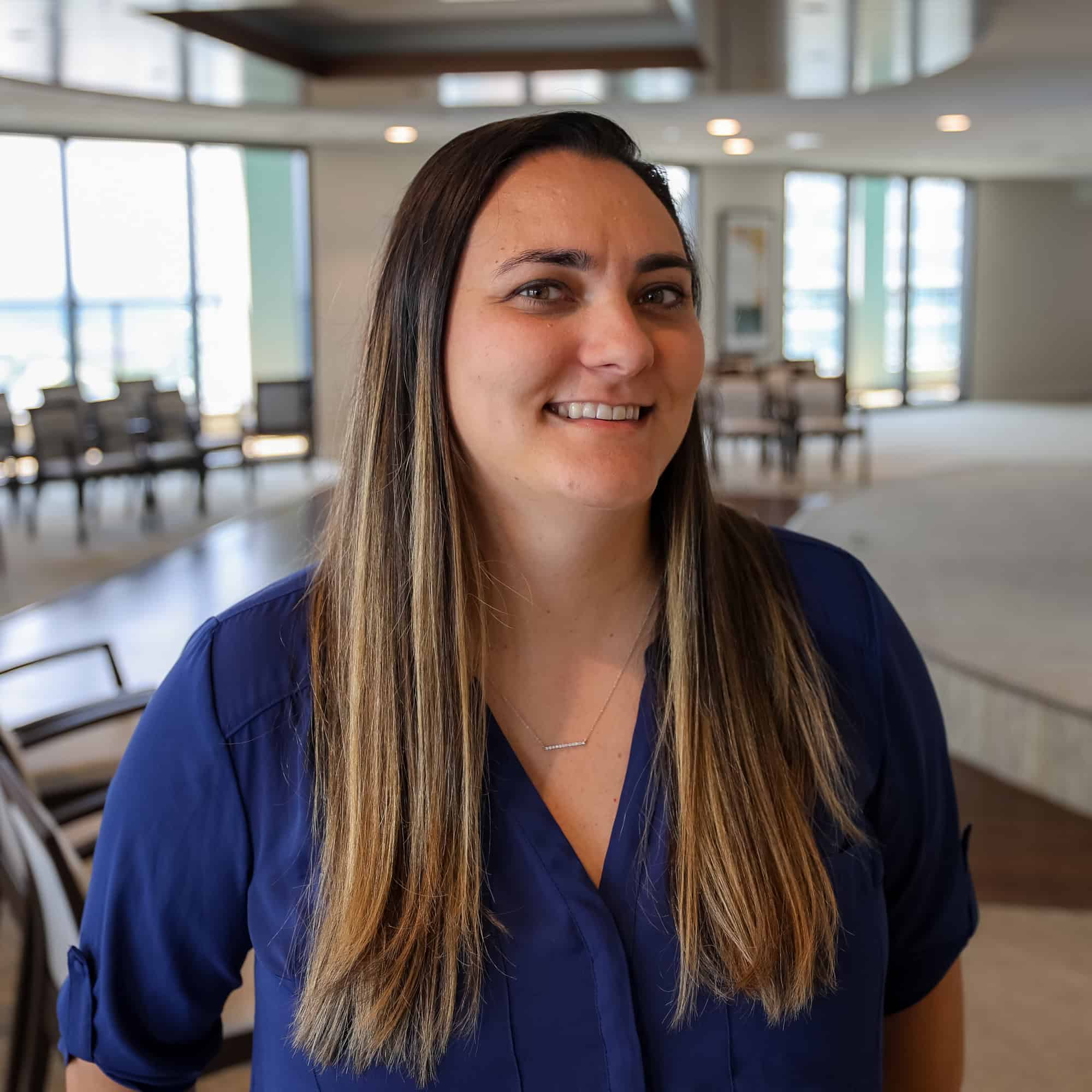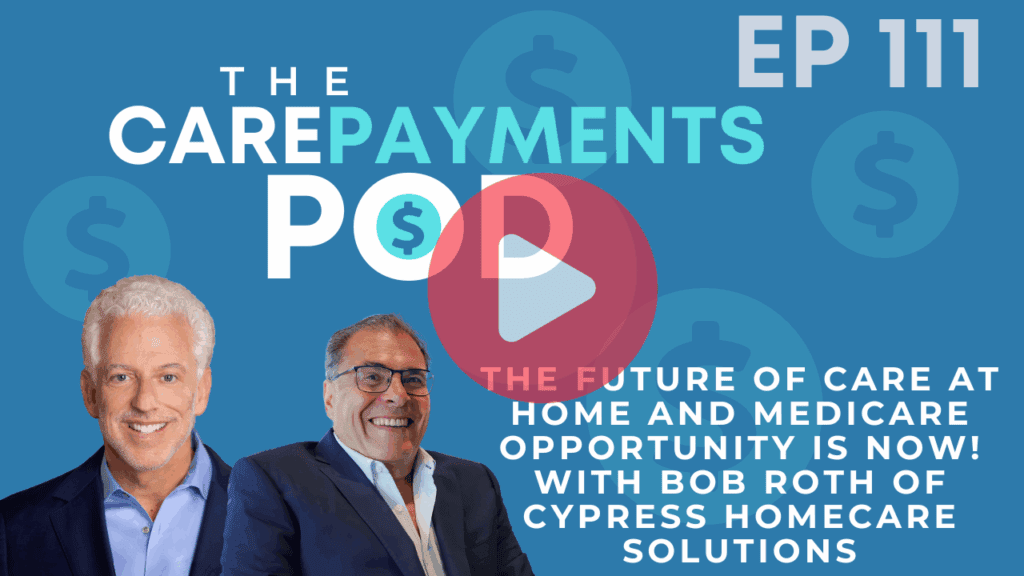THE VBP Blog
BPCI Advanced – Aligning Care and Cost in 90-Day Episodes
The BPCI Advanced model used bundled payments to improve care coordination and reduce costs.

September 18, 2025 – The Bundled Payments for Care Improvement Advanced (BPCI-A) model represents one of CMMI’s most prominent attempts to restructure how Medicare pays for care. In a fragmented healthcare system, BPCI-A aimed to reconnect the dots by encouraging hospitals, physicians, and post-acute providers to coordinate better and avoid unnecessary costs. Its goal was not only financial, but also to test whether bundled payments would drive better outcomes, reduce readmissions, and incentivize earlier, more appropriate transitions to home-based care.
Now several years into implementation, BPCI-A offers important insights into both the promise and complexity of episode-based payment reform, which still sit outside most bundled models. In this blog, we take a closer look at the BPCI-A model’s design and results, and how elements of the model could translate into the long-term services and supports (LTSS) space.
Model Design and Intent: Defining the Episode and Aligning Incentives
BPCI Advanced builds on lessons from the original Bundled Payments for Care Improvement (BPCI) initiative, but with tighter structure and clearer expectations. Introduced in 2018, the model set out to hold providers accountable for the cost and quality of care over a 90-day clinical episode, beginning with either a hospitalization or outpatient procedure. Instead of paying each provider separately for each service, Medicare set a target price for the full episode, including follow-up care, and rewarded or penalized providers based on their ability to stay within that target while meeting quality benchmarks.
At the heart of BPCI-A is the concept of a single bundled payment that covers all Medicare Part A and Part B services provided during an episode of care. Each episode begins with a triggering inpatient admission or qualifying outpatient procedure, such as major joint replacement, heart failure, sepsis, or stroke, and includes all related care for 90 days following discharge. This includes hospital stays, skilled nursing facilities (SNFs), home health care, physician visits, imaging, lab work, and more.
Here’s how the payment model works:
- Medicare continues to pay claims under fee-for-service (FFS), but at the end of each performance period, actual spending for the full episode is compared to a pre-determined target price.
- If the provider’s costs come in below the target and quality standards are met, they earn a shared savings payment.
- If costs exceed the target, the provider is required to repay Medicare—a feature known as downside risk.
Participating providers can select from eight clinical episode service line groups, and are expected to manage care across settings, especially the post-acute phase, where variation and inefficiency are common. One key design goal was to incentivize proactive care coordination, reduce fragmentation, and drive providers to rethink discharge planning and follow-up. The model placed particular emphasis on reducing use of institutional post-acute care in favor of lower-cost, community-based recovery options when appropriate.
Results and Evaluation: Incremental Savings, Mixed Participation, and Targeted Impact
By the end of Model Year 5 (2022), BPCI Advanced demonstrated continued positive returns for Medicare. The model generated $344 million in savings, which was approximately 4% below projected payments if the bundle had not existed. Per-episode, spending dropped by an average of $1,014, reflecting around a 4% reduction. These savings built on earlier progress from Model Year 4 and helped offset initial losses from the earliest years of the model.
Quality metrics remained stable. BPCI Advanced reduced costs without increasing readmission or mortality rates. However, one area of opportunity for improvement was patient care experiences. BPCI Advanced patients were less likely to agree that medical staff accounted for their preferences when deciding on the services they receive after discharge, which highlights the importance of communication, education, and shared decision making.
Although the model continues through 2025, the most recent data shows that BPCI Advanced has sustained its savings while preserving care quality in its later years.
What Worked—and What Didn’t
BPCI Advanced made significant strides in testing how bundled payments can reshape care delivery across an entire episode. While the model wasn’t without challenges, it offers several clear takeaways about where bundled payments work and where design improvements are still needed.
What Worked:
- Reduced post-acute spending: One of the model’s core successes was in lowering the use of institutional post-acute care, particularly skilled nursing facilities and inpatient rehab.
- Physician engagement improved results: Physician group practices (PGPs) performed well under BPCI-A, often achieving higher savings than hospitals.
- Episode-level accountability encouraged collaboration: The structure of BPCI-A forced hospitals, specialists, and post-acute providers to work together more intentionally, which led to better discharge planning, follow-up protocols, and transitional care.
What Didn’t Work:
- Participation dropped due to financial uncertainty: As CMS adjusted pricing methodologies such as shifting to regional benchmarks and narrowing margins, many early participants dropped out.
- Administrative burden limited scalability: Tracking patients across a 90-day episode, integrating claims data, and reconciling performance with financial payments required robust infrastructure that many smaller providers lacked.
- Limited impact on chronic conditions: Some clinical episodes, particularly for complex medical conditions like COPD or sepsis, showed minimal improvement. This suggests that bundling is more effective for discrete, procedure-based episodes than for chronic disease management.
In summary, BPCI Advanced worked best where clinical pathways were predictable, care transitions manageable, and financial incentives aligned. However, without broader infrastructure support and better safeguards for high-need populations, the model struggled to deliver uniform results across all settings.
Applying the Model to LTSS: Episode-Based Incentives for Complex Care
The BPCI Advanced model was not designed for long-term services and supports. However, its structure offers valuable insights for designing payment reform in the LTSS space, particularly for individuals with complex care needs and frequent transitions between settings.
One of BPCI-A’s core strengths is its episode-level accountability, which creates financial incentives for providers to prevent avoidable hospitalizations, improve discharge planning, and support recovery at home. These goals align closely with the objectives of LTSS, where keeping people in their communities, avoiding institutionalization, and managing chronic needs over time are key.
Incorporating LTSS-focused episodes, such as post-fall recovery, dementia-related hospitalizations, or transitions from short-term rehab to long-term home care, could extend the bundled payment approach to populations historically excluded from value-based payments. The model’s success in reducing post-acute facility use demonstrates how financial incentives can drive a shift toward home- and community-based services (HCBS), which are often more cost-effective and preferred by consumers.
However, for bundled payments to work in LTSS, the model would need important adaptations. First, it must account for non-medical drivers, including caregiver availability, housing instability, and behavioral health needs. This requires flexible funding mechanisms that allow providers to spend on social supports like home modifications, meal delivery, or respite care as part of the bundle.
Second, risk adjustment must reflect functional status, disability, and social risk, not just medical diagnoses. Without this, LTSS providers serving the most vulnerable populations could be penalized unfairly.
Integration of physical health and LTSS services is also essential. Models like HIDE (Highly Integrated Dual Eligible) and FIDE (Fully Integrated Dual Eligible) SNPs already offer a platform for aligning medical and non-medical supports under a unified structure. Embedding episode-based incentives within these integrated models could enhance care continuity and reduce fragmentation for dual-eligible beneficiaries.
Finally, care coordination in LTSS must span beyond hospitals and physicians to include HCBS providers, social workers, and family caregivers. Embedding those voices in episode design and implementation is essential to making bundled payments work for long-term care.
In short, BPCI Advanced offers a promising framework for aligning incentives across acute and post-acute care, and with thoughtful redesign, it could become a foundation for episodic LTSS models that reward dignity, independence, and whole-person outcomes.
Advocate’s Perspective
Bundled payments like BPCI Advanced signal a shift toward shared accountability and proactive care. While the model focused on acute clinical episodes, its core lessons apply directly to LTSS. With the right incentives, providers can reduce unnecessary institutionalization and support recovery at home. At the same time, BPCI-A showed that success depends on strong infrastructure, realistic benchmarks, and a deep understanding of the populations served. As demand for LTSS continues to grow, adapting episode-based models is not only possible but necessary.
Onward!
The CarePayments Podcast
Episode #111
The Future of Care at Home and Medicare Opportunity Is Now! with Bob Roth of Cypress Homecare Solutions
WATCH NOW
Share This Blog!
Get even more insights on Linkedin & Twitter

About the Author
Fady Sahhar brings over 30 years of senior management experience working with major multinational companies including Sara Lee, Mobil Oil, Tenneco Packaging, Pactiv, Progressive Insurance, Transitions Optical, PPG Industries and Essilor (France).
His corporate responsibilities included new product development, strategic planning, marketing management, and global sales. He has developed a number of global communications networks, launched products in over 45 countries, and managed a number of branded patented products.

About the Co-Author
Mandy Sahhar provides experience in digital marketing, event management, and business development. Her background has allowed her to get in on the ground floor of marketing efforts including website design, content marketing, and trade show planning. Through her modern approach, she focuses on bringing businesses into the new digital age of marketing through unique approaches and focused content creation. With a passion for communications, she can bring a fresh perspective to an ever-changing industry. Mandy has an MBA with a marketing concentration from Canisius College.
